Frogs are a type of amphibian, like newts and salamanders. With over 7,000 species across the world they make up over 80% of all amphibian species. Their success has been in part due to their ability to adapt to a wide range of environments.
Understanding how long frogs can live can help us better care for them both as pets and in the wild.
Factors Affecting the Lifespan of Frogs
There are many factors that can effect how long frogs live:
Natural Factors
Predators: In many ecosystems frogs are towards the bottom of the foodchain, and are eaten by birds, mammals and fish. They are even paratised by many insects, such as wasps. Most frogs do not have many weapons of defence, such as claws or sharp teeth. A common method of avoiding being eaten is being poisonous, such as with poison dart frogs. Other species simply avoid being seen, by camouflaging themselves.
Habitat: Loss of habitat has a significant impact on many frog species. The clearing of forests, draining of wetlands, and even the regular cutting of grasslands, all lead to a reduction in places where frogs can feed, mate and shelter. Without these basic needs being met, frog populations can rapidly plummet, having a knock-on effects for those species that feed on them.
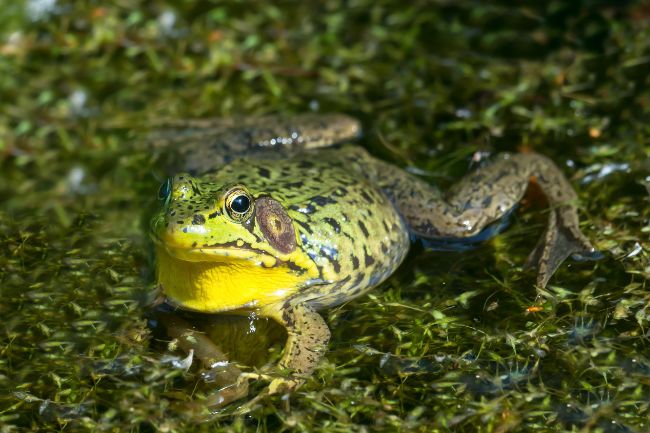
Climate: Most frog species live their lives according to a particular climatic system. This means they may choose to lay their eggs at the start of rains, or hibernate as temperatures fall. However, it is common in many climatic systems that natural variations occur. This may mean that rains come earlier or later, or not at all. Such changes can be beneficial or disastrous. A particularly dry summer, for instance, can lead to breeding pools drying up prematurely.
Also read: Frogs & Their Teeth (Do They Bite & Does it Hurt?)
Human-related Factors
Humans are key contributors to the decline in frog species across the world.
Pollution: Due to their thin skin, frogs can be very vulnerable to pollution. Humans pollute the natural environment in a number of different ways. There can be run-off of oils, heavy metals and paints from roads and buildings, chemical spills or incorrect disposal, and contamination of waterways from factories or mines. Such pollution may not always be visible to the naked eye, but it is still present in the water. Over time pollution build up can kill off frog species, or weaken them, making them more vulnerable to disease.
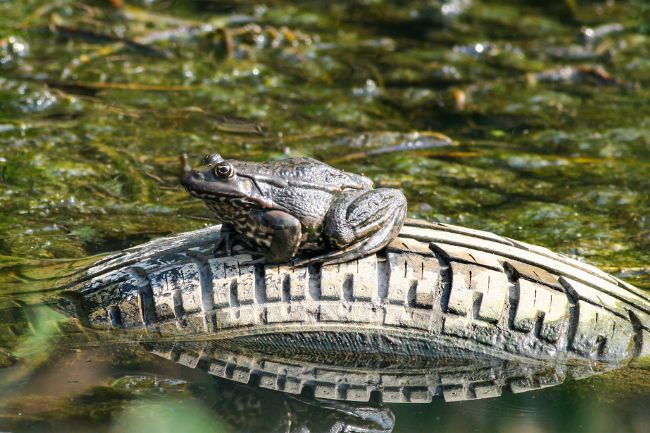
Habitat destruction: Habitat destruction is a key factor in the loss of frog species around the world. Not only does it result directly in a loss of places for frogs to shelter and hide, it also means there are less places for their food to breed and shelter, meaning that in time there’s less for frogs to feed on.
Climate change: Frog species have managed to adapt to many different climates, from living in tropical rainforests, to surviving in deserts. However, their survival has hinged on the fact that they have evolved behaviours and anatomies to cope with certain conditions. As climates change due to human influences, many species come up against conditions they cannot cope with, such as drier summers or colder winters. All this can lead to species being unable to survive within certain areas.
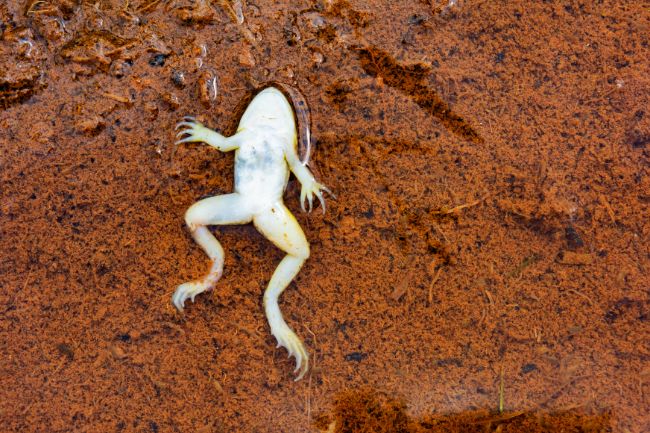
Lifespan of Different Frog Species
While the lifespans of frog species vary, there is little accurate information available. One thing that can be said is that most species live between 2 to 40 years. Most commonly frogs live up to 10 years. Captive frogs also live significantly longer than their wild compatriots. This is largely down to the fact that they are kept in a safe environment with plenty of food.
Also read: Frogs in a Pond: What Do They Eat?
Aging Process in Frogs
Studies have found that frogs in warmer climates age more quickly that those in cooler climates. This is likely to because their metabolism is working faster, causing cellular aging to accelerate.
As with many animals older frogs are likely to look less pristine than their younger companions. They may have duller colours, more marking on their skin, or even be more likely to be injuried. Aging frogs isn’t however as easy as looking at them. Skeletochronology is a method of aging that involves counting the growth rings on a cross section of the bones.
Age-related diseases can occur in frogs, as in all animals. These tend to be disease that could be present in younger individuals, but becoming older and weaker makes them more susceptible to them. They could be anything from fungal infections to bacteria or viruses.
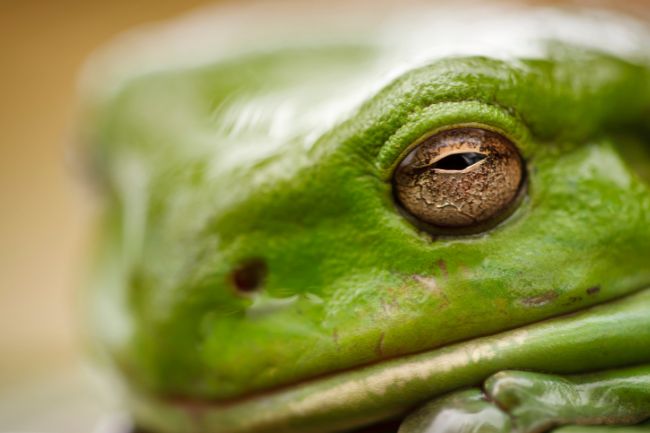
Importance of Conserving Frog Populations
Frogs are often very common within ecosystems across the world, in part because of their amazing success in adapting to all kinds of habitats. This also means that those ecosystems are often heavily reliant on them. Frogs often feed on insects, such as flies and spiders. Without the frogs there to eat large numbers of these animals, their numbers would be significantly higher.
Frogs are also an important food for many bird and mammal species, meaning that declining frog numbers can significantly effect bird numbers. Birds such as herons and storks particularly like to feast on froggy fodder.
There are a number of charities that specifically aim to help frog populations to get back on their feet. In some cases this may be by creating habitats to benefit frog species. This could be the creation of ponds, the planting of insect attracting plants, or even the reforestation of rainforests. In severe cases frogs have been taken from the wild to become part of breeding programs. This both safeguards the species for the future, but also allows them to be reintroduced once the problems within their ecosytem have been resolved.
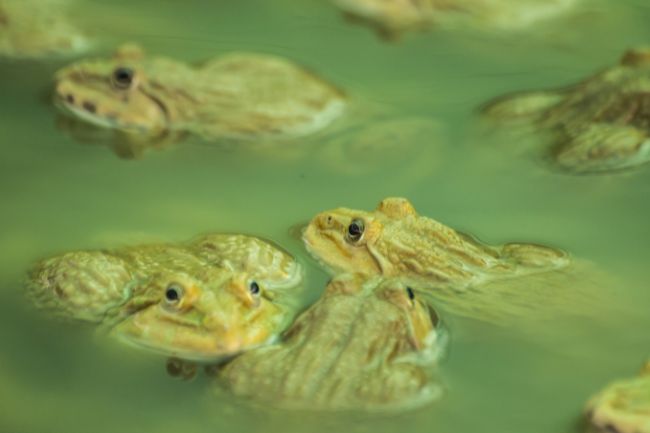
Conclusion
Frog lifespans aren’t currently well understood, however, it is known that frogs in captivity often outlast their wild cousins. Frogs can also live a surprisingly long time, up to forty years in some cases. The main thing that causes the demise of frogs in the wild is death by misadventure, such as being predated, or becoming the victim of an environmental crime.
Studies into the lifespan of wild frogs are hard to undertake, however new scientific methods are making them more possible. By understanding how long a species may live we can find signs of when something isn’t right within the ecosystem, such as if climatic changes are causing the frogs to becomes stressed and die earlier than they would have otherwise.

